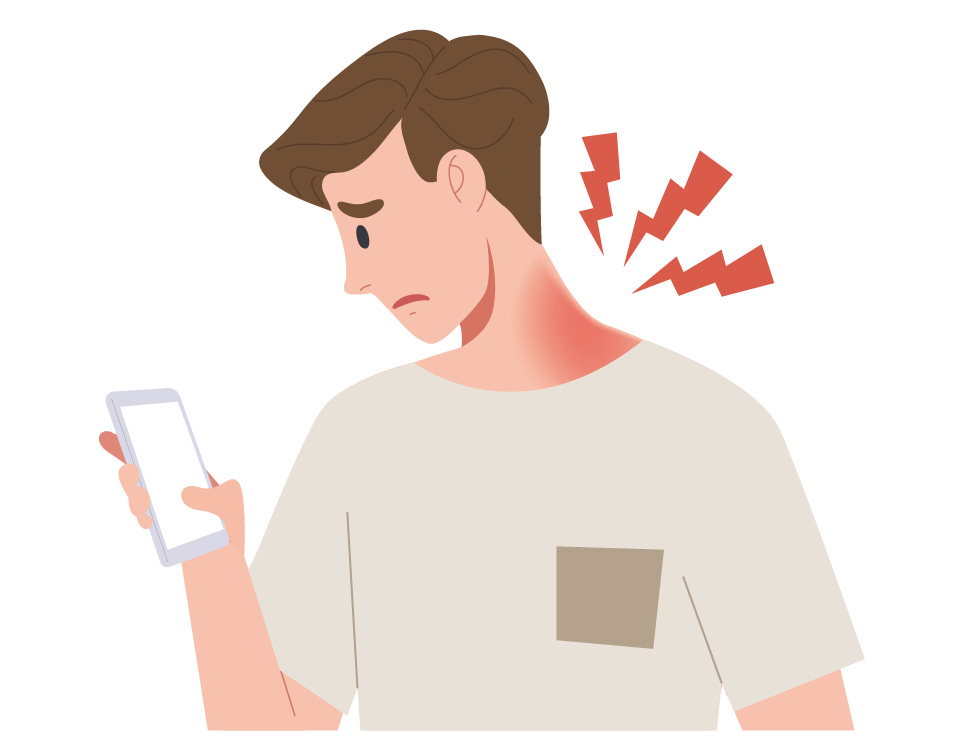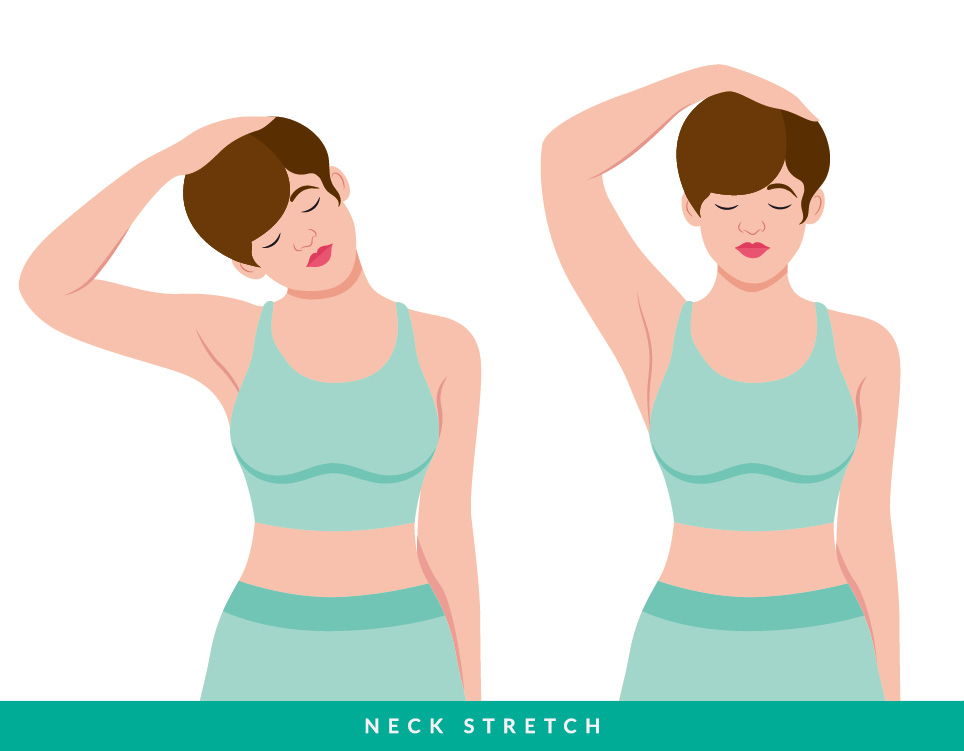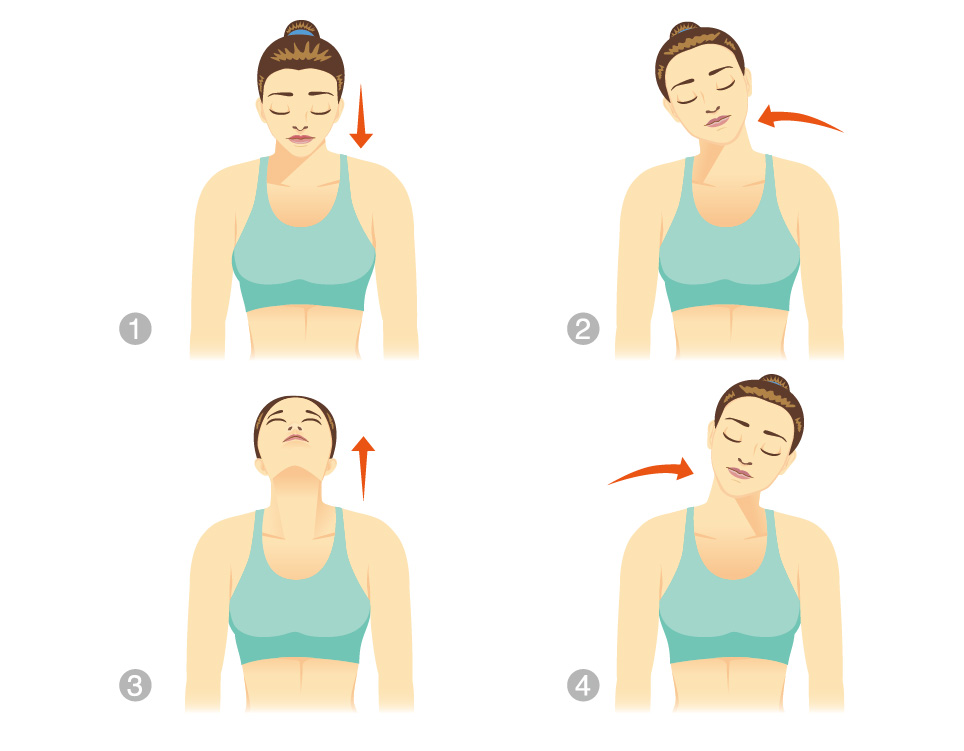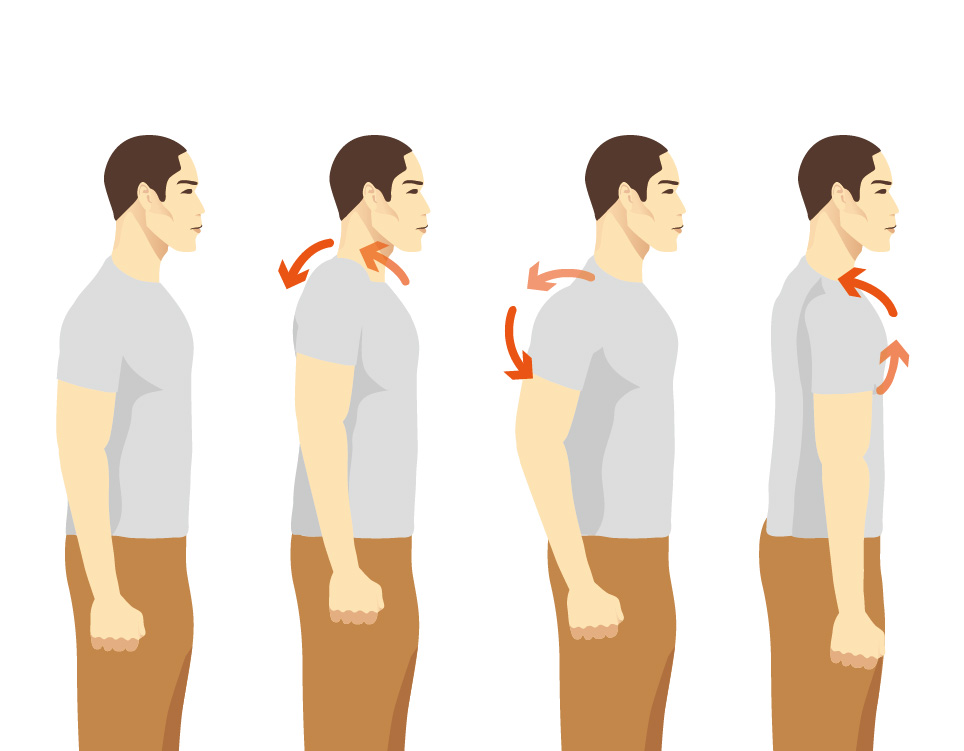加载中
Neck pain is something most of us experience at some point—whether it's from poor posture, stress, or an injury. While it’s often temporary, it can sometimes become persistent or interfere with daily life. In this guide, we’ll break down the most common causes, symptoms to watch for, treatment options, and simple exercises you can do to ease the discomfort and support long-term recovery.

Neck pain, also known as cervicalgia, is a common medical condition characterized by discomfort or pain in the cervical region of the spine, which includes the seven vertebrae that form the neck. It is an increasingly common form of musculoskeletal pain characterized by a high recurrence rate. Studies reveal a lifetime prevalence of 30% to 50% and an annual incidence of 10% to 21%. It ranks among the major global causes of disability, contributing to decreased work efficiency, diminished quality of life, and escalated medical expenses. Despite being often perceived as benign, neck pain can lead to chronic or recurrent pain in 50% to 80% of cases.
Neck pain can be caused by various factors, including:
Symptoms of neck pain can vary depending on the underlying cause and severity of the condition. Common symptoms associated with neck pain include:
Treatment for neck pain depends on the underlying cause, severity of symptoms, and individual factors. Here are some common approaches to treating neck pain:

The clinical benefit of using a cervical collar for neck pain can vary depending on the underlying cause of the pain and the individual's specific condition. While cervical collars can provide some short-term relief for certain types of neck pain, their long-term effectiveness and overall clinical benefit are subject to debate. Here are some potential clinical benefits of using a cervical collar for neck pain:
Exercise can play a crucial role in relieving and preventing neck pain by improving strength, flexibility, and posture. Here are some exercises specifically designed to target neck pain:



Copy Link